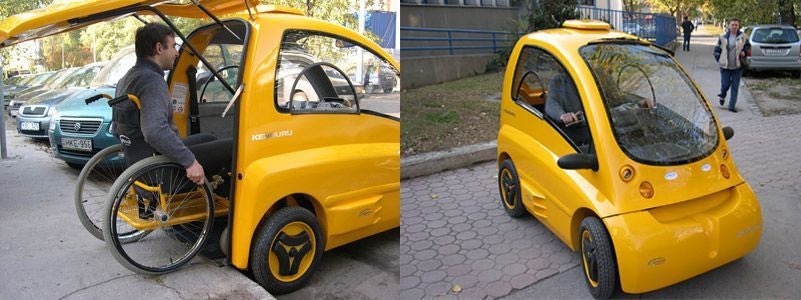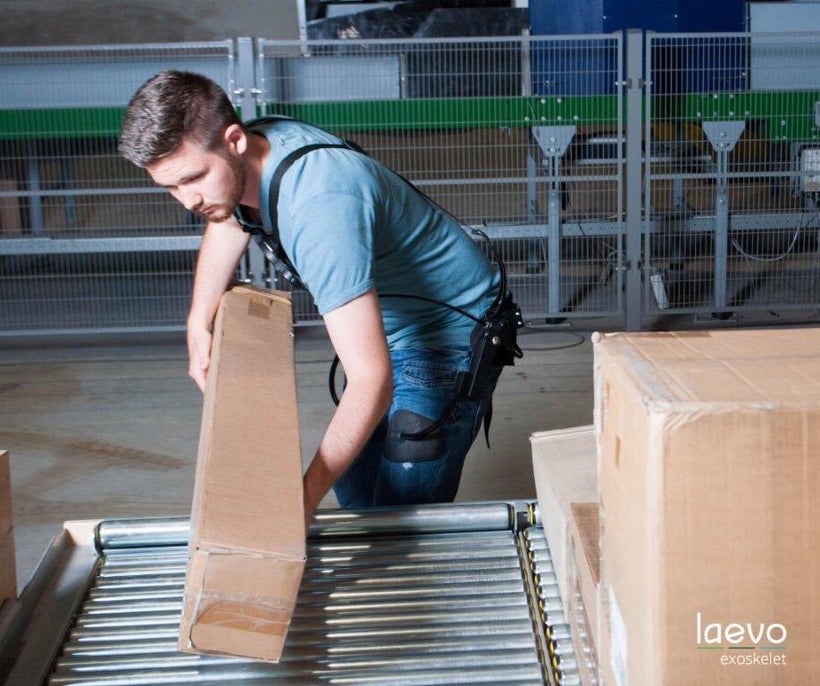While Obamacare hangs in the balance and late night talk show host Jimmy Kimmel stirs the pot in a big way, technology is stepping in to potentially fill the gap in healthcare via inspiring and innovative ways. The rising trend of what is called Assistive Technology is fascinating to track. Everything from exoskeletons synced with apps that help with rehabiltation after stroke to Verily’s (formerly Google’s life sciences arm) tremor spoon already on the market for use by people with Parkinson’s disease, we are witnessing devices that were completely unheard of even just a few decades ago. An umbrella term that includes adaptive, and rehabilitative devices for people with disabilities, Assistive Technology advances are those that will change the future of health and well-being.
Indeed, the World Health Organization (WHO) estimates that 285 million people are visually impaired worldwide. Another 360 million people globally suffer from hearing loss. Over 70 million people use a wheelchair. Thus, there are a staggering number of people who need or could benefit from assistive products to maintain or improve certain physical functions. From hearing aids to memory aids, assistive devices are in high-demand.
However, the news is that certain strides in this arena are actually being developed by companies outside of the U.S. For example, Laevo BV, an exoskeleton company based in The Netherlands, is the manufacturer of the like-named Laevo and actually introduced the first product in 2015. The Laevo is designed to prevent, reduce or relieve work-related back pain. The made-to-measure device, an exoskeleton-of-sorts once worn, is designed for various activities including repetitive heavy lifting and bending. The Laevo is customized but has interchangeable structure sets allowing various individuals on, for example, a construction team, to utilize the same device.
While some construction workers, for example, may never suffer a crippling injury, their bodies can and typically do deteriorate after years of work. With tenuous healthcare situation, many are starting to research such devices to maximize the care of one’s being. “The design of the Laevo respects the human body and lets the user stay in control of the movements, “ explains Laevo founder Boudewijn Wisse. Already sold in 15 countries around the world and is now making its debut in America.
Another offering in assistive devices is being developed out of Israel. Open Sesame is a touch-free smartphone app that is the first of its kind and is designed for quadriplegics and people with disabilities. The app uses the standard front-facing camera of any Android device, to track users’ head-movements and provide them with a means of using mobile devices completely touch-free. Complemented by voice commands, and compatibility with any Android application, the companies Open Sesame technology provides private and independent use of a smartphone or tablet. This offering is poised to hit the U.S. market soon as the product becomes more customizable no matter what the state is of one’s physical condition.
However, some critics have cautioned that such assistive devices prevent greater work toward independence thereby hindering an individual to reach one’s own true potential. Other experts have said that the supportive products might be matched inappropriately to the needs of the user or be too complex, thereby exacerbating an already challenging physical or mental state.
While such concerns will continue to be researched, this particular area of technology has no signs of slowing down soon. Indeed, this particular area of technology may face many challenges but also, potentially, many triumphs as it continues to develop.


